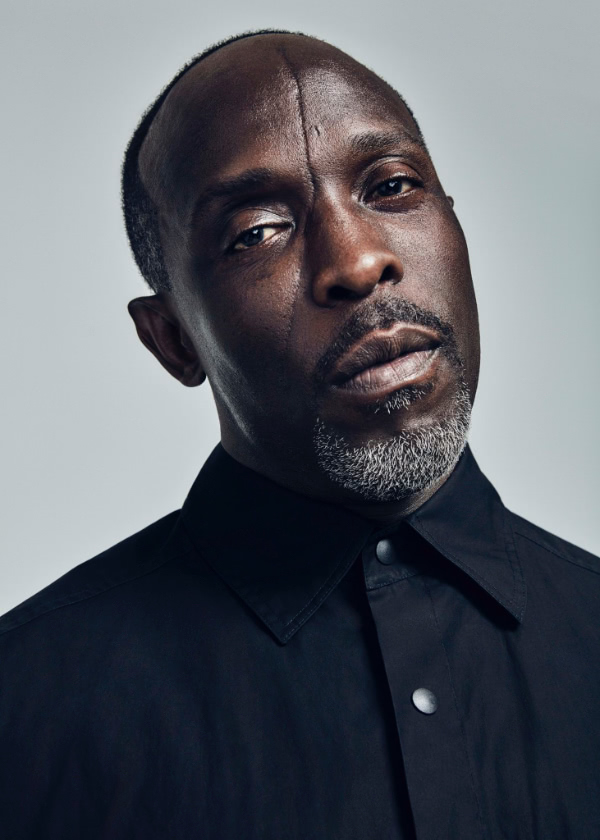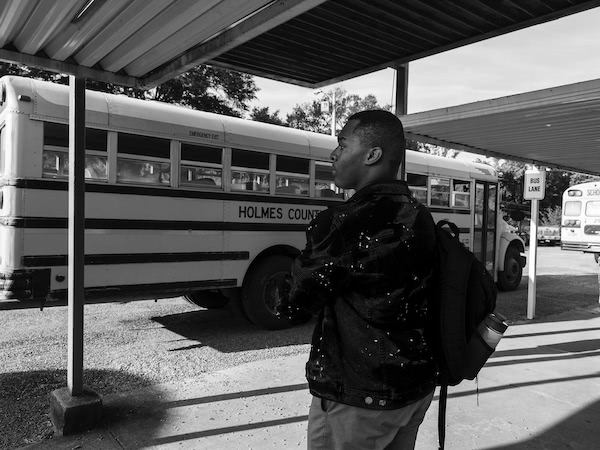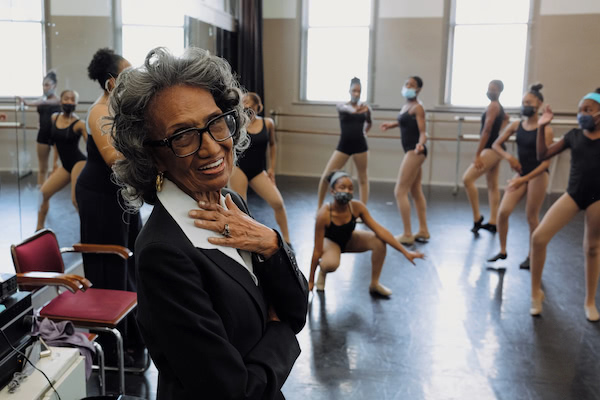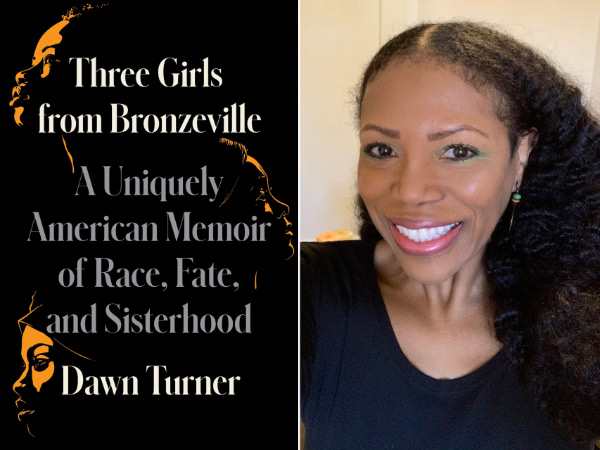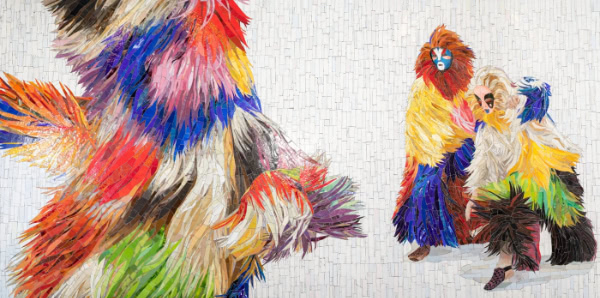Remembering Michael K. Williams
I read a dozen obituaries and watched several tributes to Williams as I was putting together the newsletter this week. The actor, best known for playing stick-up man Omar Little on The Wire, was found dead in his home in Brooklyn on Monday at the age of 54.
Two things stand out most when people talk about Williams. He breathed life into every character he played and, more important, he was a kind and gentle man who made everyone he came across — co-stars, people in his neighborhood, strangers on the street — feel special.
Williams, ten years ago, when asked how he’d like people to remember him:
I just want people to remember me as one cool-ass dude, you know? Someone who cared.
That’s exactly what I’ve seen this week, that’s how he’s being remembered.
How Sept. 11 Gave Us Jan. 6
Spencer Ackerman in a guest essay for The New York Times:
The war on terror accustomed white Americans to seeing themselves as counterterrorists. Armed white Americans on the far right could assemble in militias, whether in Northern states like Michigan or on the southern border, and face little in the way of law enforcement reprisal. Such impunity led to situations like one in 2016, recounted in a relatively rare criminal complaint, when members of a Kansas militia with the revealing name the Crusaders plotted to murder their Somali American neighbors […] They considered themselves to be doing what America was doing all this time: combating terrorism, since, as patriots, they couldn’t be committing terrorism.
The Tragedy of America’s Rural Schools
Casey Parks, reporting for the Times:
One Saturday afternoon in late May, a few days before the end of his junior year, Harvey Ellington plopped onto his queen-size bed, held up his phone and searched for a signal. The 17-year-old lived in a three-bedroom trailer on an acre lot surrounded by oak trees, too far into the country for broadband, but eventually his cell found the hot spot his high school had lent him for the year. He opened his email and began to type.
“Good evening! Hope all is well! Congratulations on being the new superintendent for the Holmes County Consolidated School District.”
A week and a half earlier, the school board chose Debra Powell, a former high school principal and mayor of East St. Louis, Ill., to lead the rural school district that Ellington attended in the Mississippi Delta. Powell worked as an administrator at Ellington’s school before the pandemic, and she ran track with Jackie Joyner-Kersee when she was a teenager. Maybe, Ellington thought, Powell had what it took to turn the district around.
A Super-Inside Look at the Life of Venus Williams, aka the Icon We All Need Right Now
Sylvia Obell profiles the tennis superstar for Cosmopolitan:
Venus Ebony Starr Williams is the epitome of “twice as good.” Hell, she’s twice as good squared. Just look at the material: At 41, she’s now the inverse of the age she was when she first went pro. That’s almost three decades of excellence. She’s the first Black woman in the Open era to be ranked the number one female tennis player in the world; she’s won a combined 21 Grand Slam championships and 4 Olympic gold medals. She also, somehow, found the time to get two degrees (in fashion design and business administration) and launch three companies (more on those later). It’s the kind of résumé that would be impressive for any athlete, but it says even more for a Black female athlete.
Moving Over: A Powerhouse of Black Dance Is Retiring (Mostly)
Charmaine Patricia Warren interviews Joan Myers Brown, the founder of Philadanco, for the Times:
Myers Brown is the keeper of all things Black dance, and Philadanco (or, the Philadelphia Dance Company) is the troupe she founded in 1970. Now, after more than 50 years, she’s “moving over,” as she calls it, stepping back but not quite stepping away from the daily work of running the company.
At 89 (she turns 90 on Christmas Day), she is full of energy, and her memory is impeccable. Given the floor, she will share her love of dance, especially Black dance, for which she has been a champion and an institution builder.
Ms. Brown’s quite a character. Here’s the last exchange:
WARREN: Did I forget anything?
BROWN: No. Well, yes, I do what I do because it needs to be done. And I believe in helping people that need help, and if they don’t pay back, it’s OK. The last thing I can say is that being Black in America is being Black in America, and it ain’t easy.
Dawn Turner Looks Back on Her ’70s Girlhood, and Those Who Got Left Behind
Linda Villarosa reviews Taylor’s memoir Three Girls from Bronzeville for the Times:
In episodic chapters that read like self-contained short stories woven together into a whole, Turner seeks to understand how three Black girls with very similar aspirations ended up with wildly divergent fates. Turner, her younger sister, Kim, and her best friend, Debra, were raised in the same environment, a land of milk and honey soured by neglect both benign and intentional — redlining, contract buying and other policies that extracted Black wealth, opportunity and hope. Bronzeville “specialized in the broken, the halved,” Turner writes, “a walled-off world away.”
Nick Cave’s Mosaics Dance in the NYC Subway
Linda Villarosa, reporting for the Times:
Cave — a sculptor, dancer and performance artist — is known for his Soundsuits, wearable fabric sculptures made of materials such as twigs, wire, raffia and even human hair that often generate sound when the wearer moves […]
Walking along the new and improved corridor, figures on the wall are depicted leaping and twirling in mosaic Soundsuits.
It’s almost like looking at a film strip,” Cave said in an interview from his studio in Chicago. “As you’re moving down that from left to right, you see it in motion.”
(via Culture Type)
Thanks for reading. See you next week.

